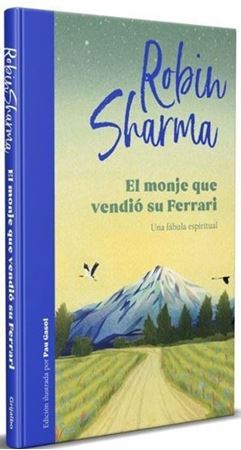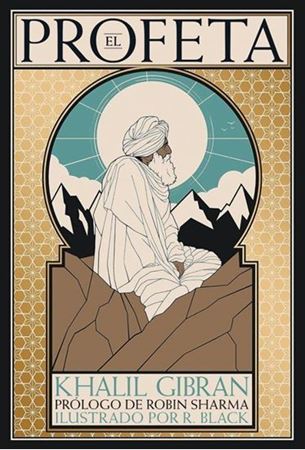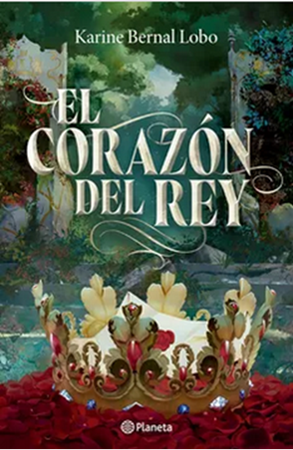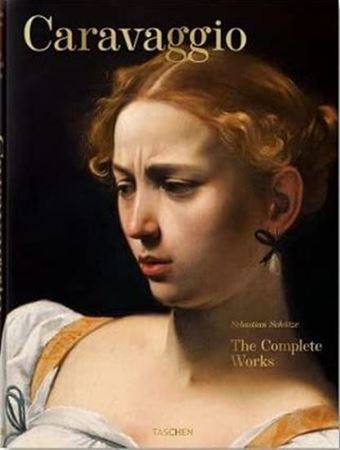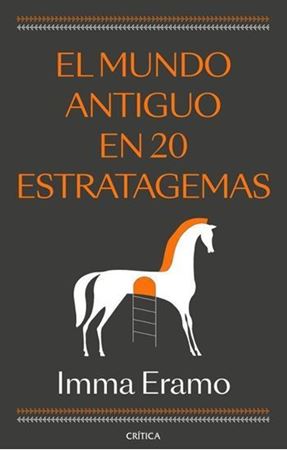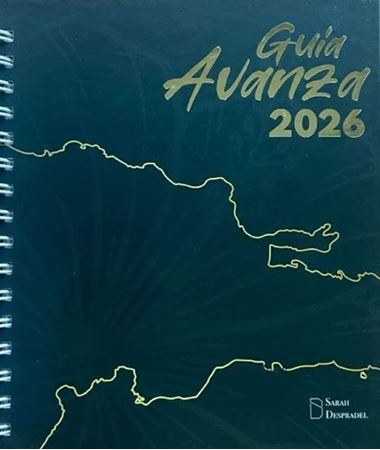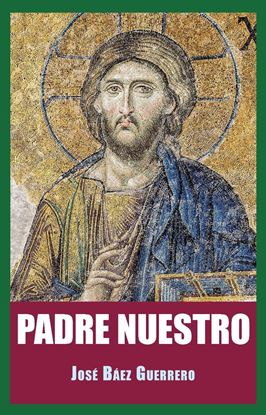

NOVEDADES
PACK BILOGIA BALI
30 sunsets para enamorarte (Bali 1)
«Treinta atardeceres han bastado para enamorarme perdidamente de ti».
Nikki ha crecido en una pequeña isla de Bali. Alex ha aterrizado en ese oasis huyendo de Londres. Ella es veterinaria y da clases de yoga. Él es piloto de aviones y vive rodeado de lujo. Solo tienen treinta días para estar juntos, así que ninguno de los dos espera la vorágine de sentimientos y verdades a medias que harán que Alex y Nikki vivan un romance para el que ninguno de los dos está preparado.
¿De qué huye Alex? ¿Cuál es la verdadera razón de los miedos de Nikki? ¿Se puede vivir un amor con fecha de caducidad? ¿O hay historias de amor que no tienen billete de vuelta?
10.000 millas para encontrarte (Bali 2)
«Si lo nuestro fue un error, quiero equivocarme contigo cada segundo de mi vida».
Después de poner un océano de distancia entre los dos, Alex y Nikki descubrirán que no es tan sencillo mantenerse alejados, sobre todo cuando a su atracción se le una un peligro capaz de acabar con todo..., incluso con sus vidas.
¿Qué esconde Alex en Londres? ¿Cuál es la verdadera historia de la familia de Nikki? ¿Se puede poner límites a la pasión? ¿O hay historias donde el amor es más fuerte que la distancia?
1,400
1,050
PACK DULCINEA (BOL)
El día que sueñes con flores salvajes
Una novela sobre la vida, el amor, y sobre la verdad de las redes sociales.
Flor es una exitosa fotógrafa española que vive en Nueva York, disfrutando de una vida de lujo, viajes y un novio guapo y rico con quien está a punto de casarse. A pesar de su carácter indomable, cree que su vida estable la hace feliz, hasta que un día se cruza con Jake, el novio de una de las bodas que debe fotografiar. A través de él, Flor descubrirá que la verdadera felicidad va más allá del éxito, las apariencias y lo que se muestra en las redes sociales.
1,995
1,496
PACK LA TAPADERA
Cuando Mitch McDeere quedó el tercero de su promoción en la facultad de derecho de Harvard, las ofertas de los mejores bufetes empezaron a llover de todos los rincones de Estados Unidos. Bendini, Lambert & Locke no era el más famoso de ellos, pero sí muy respetado, y estaba dispuesto a satisfacer con creces los deseos de Mitch y su esposa: un sueldo inmejorable, una casa maravillosa y las llaves de un flamante BMW.
Sin embargo, el trato incluía también algunos términos inesperados: archivos secretos, micrófonos ocultos, investigaciones del FBI y varios millones de dólares de actividades ilegales. Y Mitch pronto se da cuenta de que el trabajo de sus sueños le ha colocado frente a una espeluznante conspiración y una terrible verdad: nadie ha abandonado nunca Bendini, Lambert y Locke… y quienes lo han intentado no han vivido para contarlo.
1,650
1,238
PACK MUJERES QUE AMAN DEMASIADO (BOL)
Por primera vez junto sacamos los tres libros para mujeres que aman demasiado: Las mujeres que aman demasiado, Cartas de las mujeres que aman demasiado y Meditaciones de las mujeres que aman demasiado. Porque amar no es sufrir y ser querida no es resignarse a pasarlo mal. Si tus relaciones son infelices y autodestructivas... Si estar enamorada significa estar sufriendo... entonces este pack es para ti.
1,995
1,496
PADRE NUESTRO
Este libro es una confesión del incesante ruego a Dios para que aumente la fe del autor, con un análisis muy personal de la oración perfecta, el Padre Nuestro, en el contexto de la evolución de la Iglesia y su propio crecimiento espiritual. Es particularmente útil para creyentes con dudas o integrantes de grupos de doce pasos.
José Báez Guerrero (Ciudad Trujillo, 1958) es abogado y periodista. Ha publicado treinta obras en los géneros de ensayo, historia, poesía, cuento y novela. Su biografía Buenaventura Báez fue libro del año y Premio FIL-León Jimenes en 2015. Guzmán, su vida, gobierno y suicidio, fue Premio Naeional de Historia en 2009. Recibió en 2018 el Premio Arzeno Brugal de la Asociación de Industrias (AIRD) por su “destacada trayectoria de vida y ético ejercicio periodístico”, entre otros reconoci- mientos. Es uno de los más influyentes lideres de opinión de la República Dominicana.
500
375



